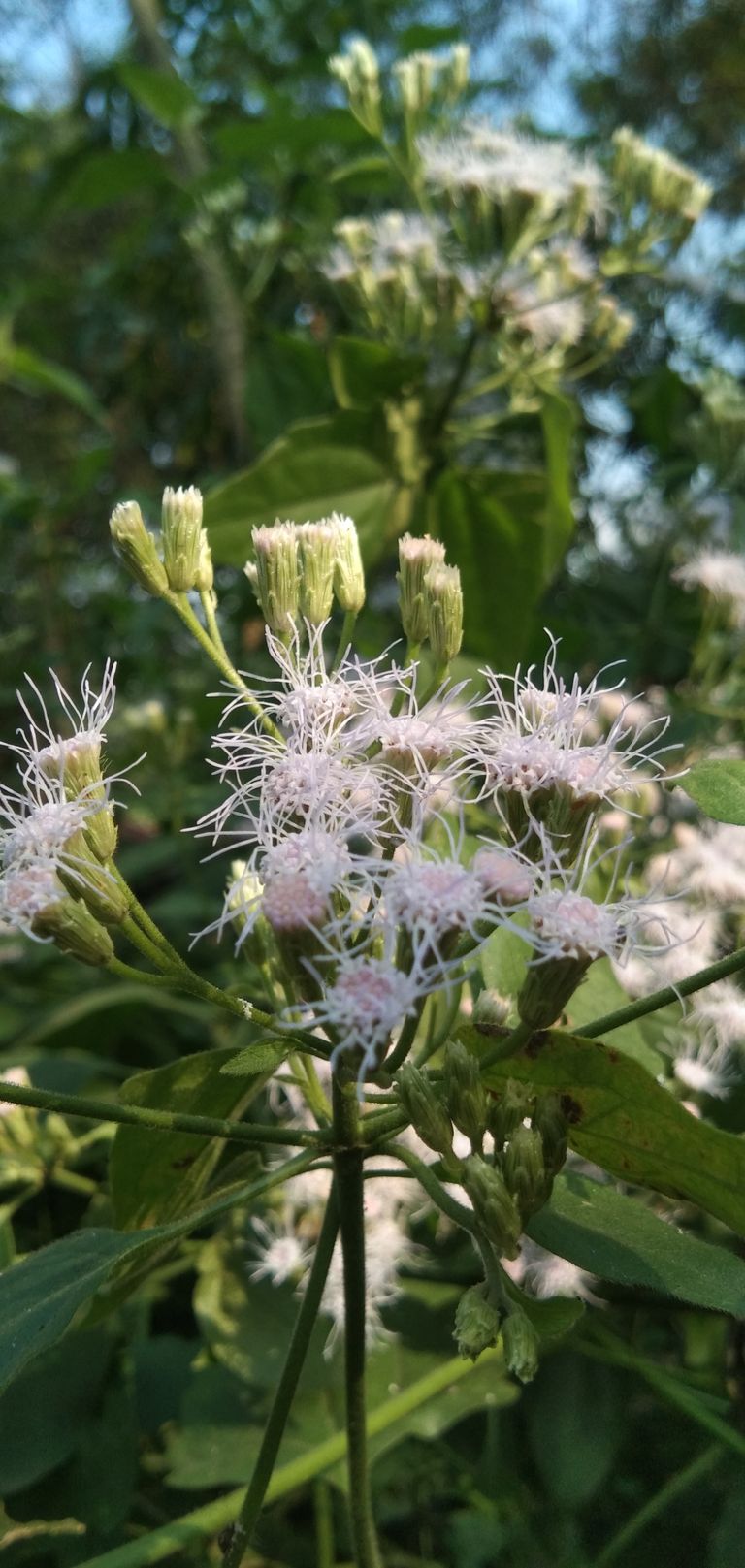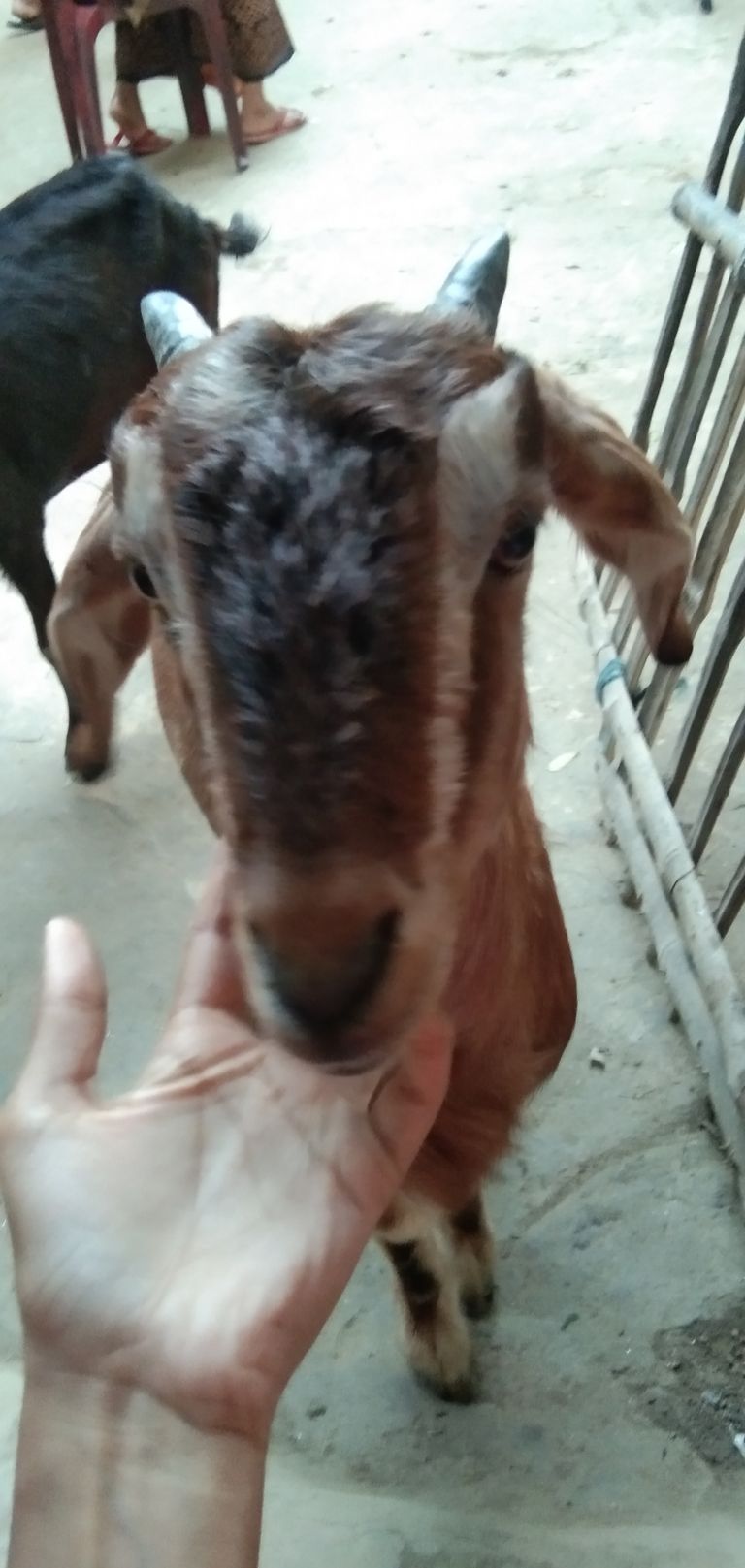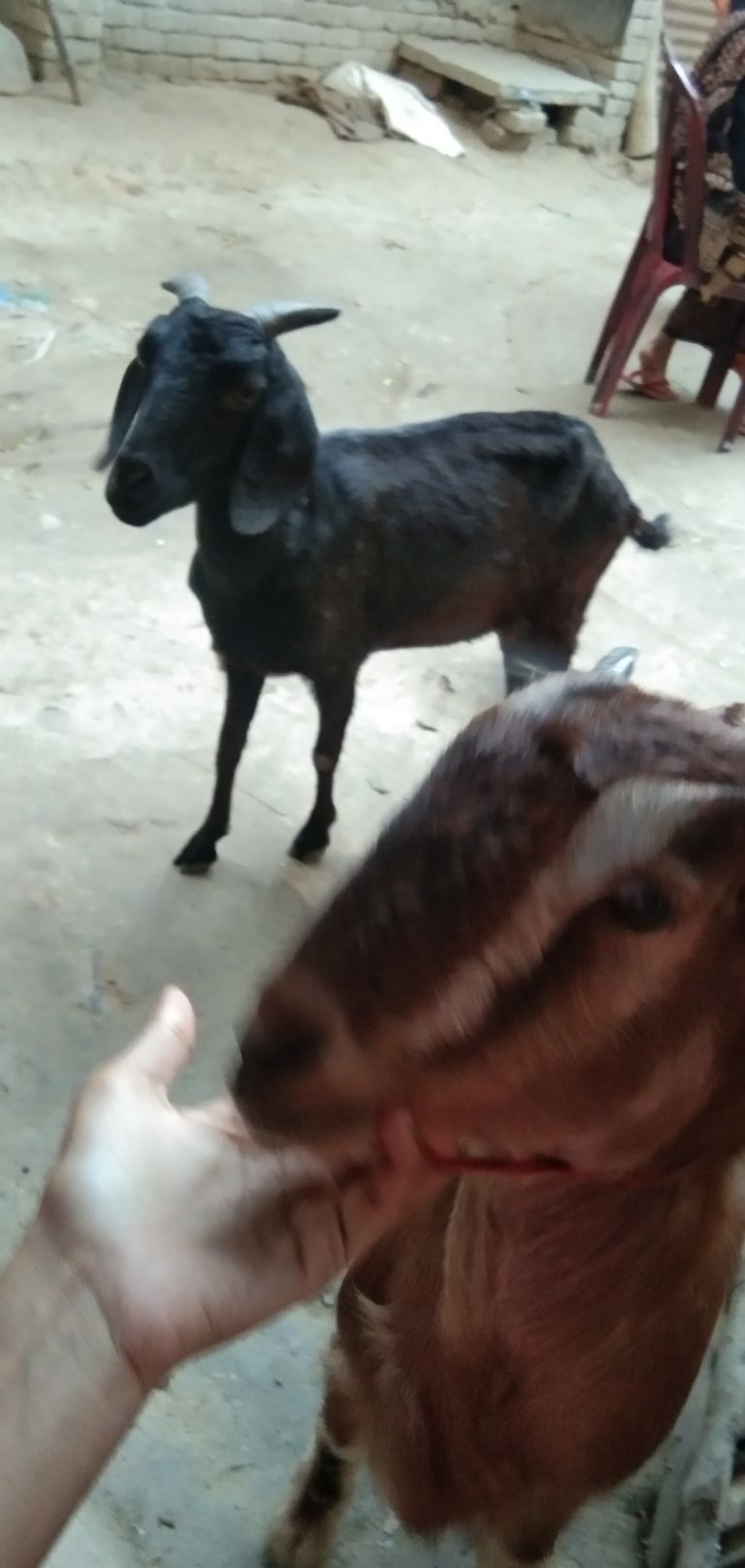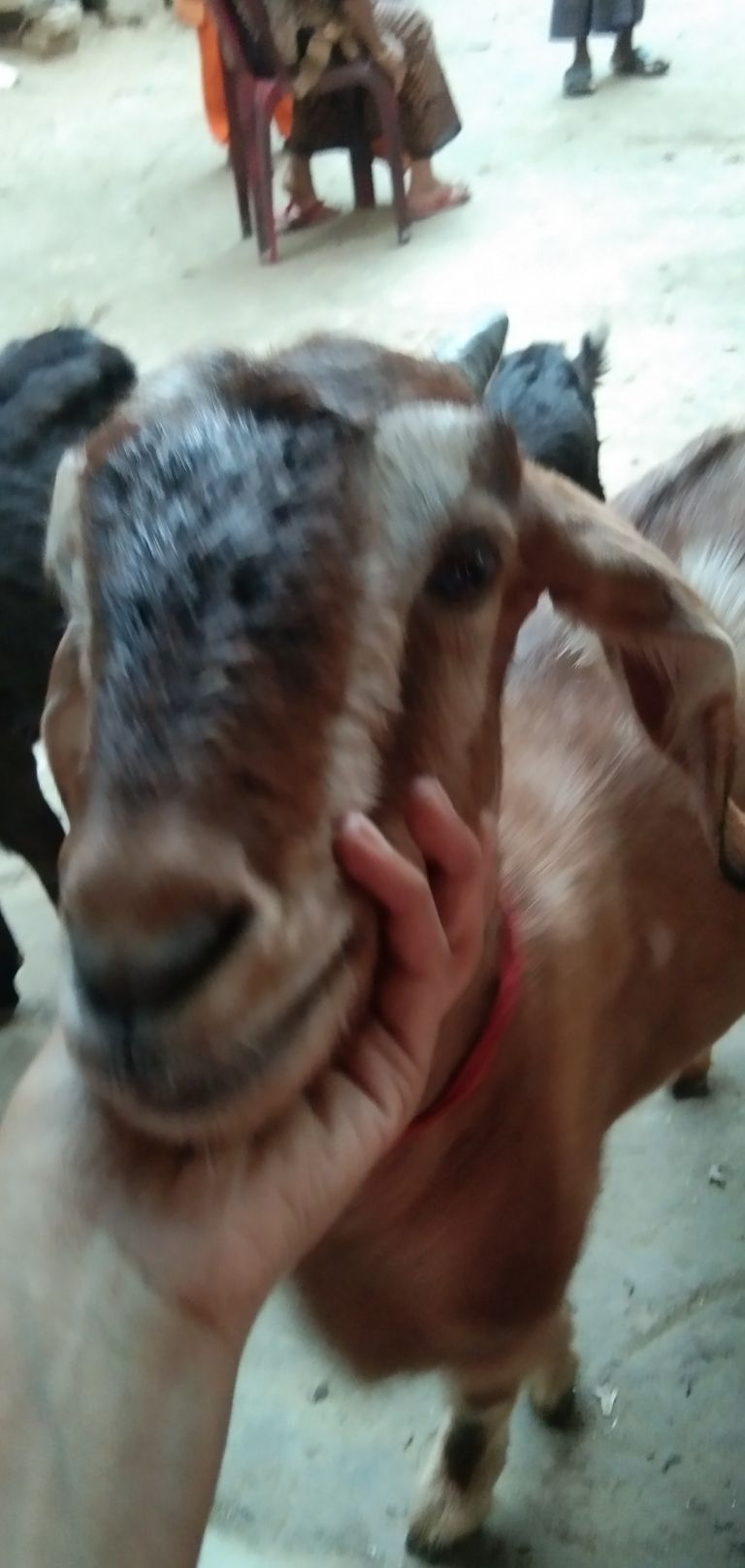Hi. Accalamu alaikum. This is me Sumaya afrin supti. My blurt name is @sumayasupti. This flower name is blue mistflower. This flower is next to our house. It looks so beautiful beyond words. There are many big trees. And there are so much flowers. Blue mistflower (Conoclinium coelestinum) is a captivating perennial plant that belongs to the Asteraceae family. Native to North America, this species is renowned for its vibrant blue flowers and versatile growth habits. The following discussion will delve into various aspects of the blue mistflower, encompassing its botanical characteristics, cultivation, ecological significance, and potential uses in landscaping and horticulture.
Botanical Characteristics:
Blue mistflower is a herbaceous perennial that typically reaches heights of 2 to 4 feet. Its distinctive feature is the profusion of small, tubular, lavender-blue flowers that form dense clusters. The leaves are opposite, lance-shaped, and toothed, providing an appealing backdrop to the colorful blooms. The plant's scientific name, Conoclinium coelestinum, reflects its celestial blue hue, making it a sought-after choice for gardeners seeking to add a touch of elegance to their landscapes.
Cultivation and Growing Conditions:
This resilient plant thrives in a variety of environmental conditions, making it adaptable to different regions. Blue mistflower prefers moist to wet soils and is commonly found in low-lying areas, along stream banks, and in meadows. It is often seen in zones 5 to 9, showcasing its ability to withstand a range of temperatures.
When cultivating blue mistflower, it is advisable to plant it in well-draining soil enriched with organic matter. Adequate moisture is crucial, especially during the establishment phase. Full to partial sunlight is ideal for optimal flower production, although the plant can tolerate some shade.
Ecological Significance:
Blue mistflower plays a significant role in supporting local ecosystems. Its nectar-rich flowers attract a variety of pollinators, including bees, butterflies, and hummingbirds. This not only contributes to the plant's reproductive success but also aids in the pollination of nearby flora.
Landscaping and Horticultural Uses:
Gardeners and landscapers appreciate blue mistflower for its ornamental value and adaptability to different settings. The plant's vibrant blue flowers make it an attractive addition to flower beds, borders, and naturalistic landscapes. Its height and branching habit also make it suitable for use as a background plant in mixed perennial gardens.
Additionally, blue mistflower can be cultivated near water features, where its affinity for moist soil aligns with its natural habitat. The plant's ability to attract pollinators makes it a valuable component of pollinator gardens and butterfly habitats. Landscapers often incorporate it into designs aimed at promoting biodiversity and sustainability.
Conclusion:
In conclusion, blue mistflower stands out as a versatile and visually appealing perennial that contributes to both ecological diversity and horticultural aesthetics. Its striking blue flowers, adaptability to various conditions, and ecological benefits make it a valuable asset in gardens, landscapes, and natural habitats. As gardeners and environmental stewards continue to recognize the significance of native plants, the blue mistflower is likely to maintain its popularity, serving as a testament to the beauty and functionality of indigenous flora.


This is our goat, always with me when I go home to the village. I feed him leaves, give him rice, give him rice. I care a lot. He is a very good goat. Hearing everything. Understood everything.


Congratulations, your post has been curated by @r2cornell, a curating account for @R2cornell's Discord Community.